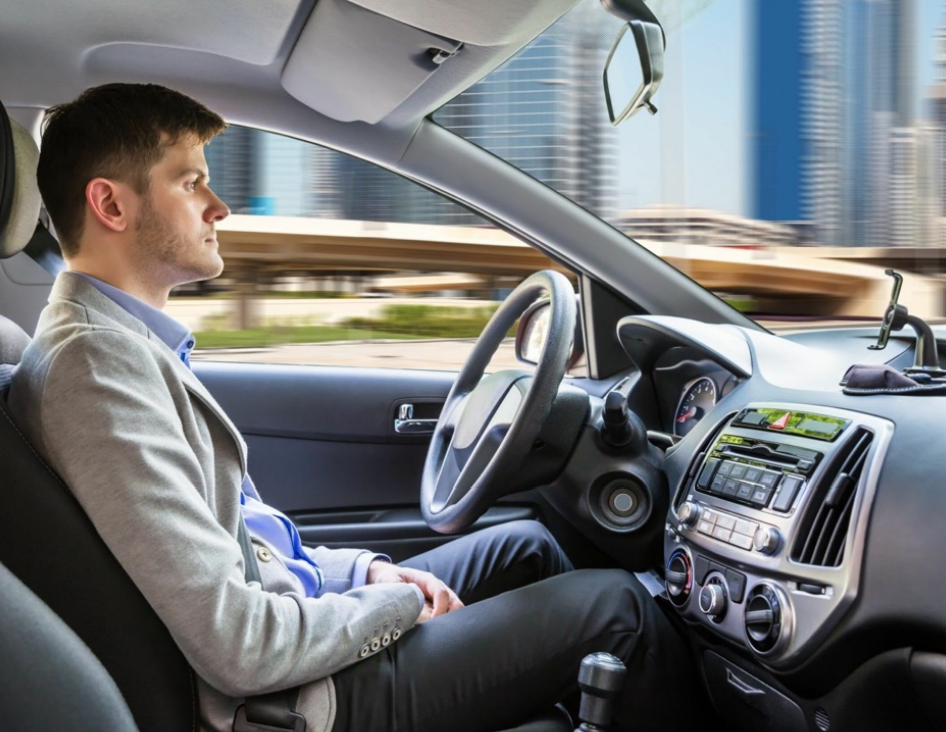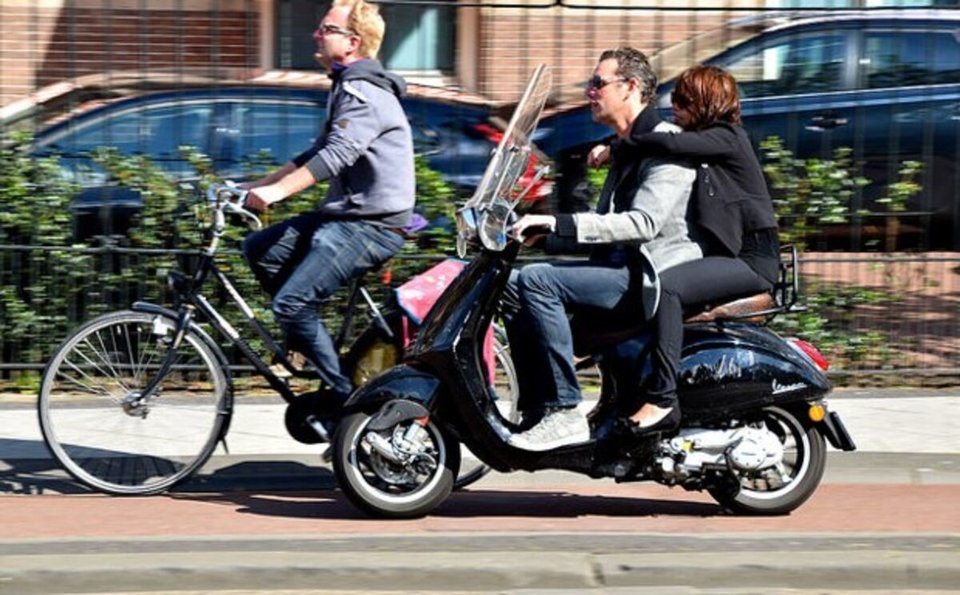Activeer hoog contrast
Ga naar hoofdcontent
Research opportunities

Crowdedness on the cycling paths
Cycling paths in many cities are becoming increasingly crowded. Furthermore, cyclingpaths are being used not only by ordinary bicycles, but also by different types of vehicles, such as pedelecs, light mopeds, and cargo bikes. These different types of vehicles have sometimes large differences in speeds, mass and demand for space requirements. This phenomena increases the heterogeneity on our bicycle tracks and might affect cyclists’ perception of the level of crowdedness on the cycling paths, and as well their safety perception and comfort. In this study you will investigate how crowding is perceived by different groups of cyclists (e.g., by demographic, type of bicycle used), and what factors (e.g., density on the cycling route, diversity of bikes) affect this perception?

Is Eyes-on & Hands-off driving a good idea?
Automated driving technologies are evolving rapidly, with Advanced Driver Assistance Systems (ADAS) and automated vehicle systems now a reality in the consumer market. SAE (Society of Automotive Engineers) Level 2 systems, which require constant driver supervision while offering advanced driving assistance (Eyes-on & Hands-on), are common in vehicles today. However, newer systems, referred to as "Level 2+," allow for extended periods where the vehicle controls both steering and acceleration, with minimal driver intervention, encouraging a "hands-off" and "eyes-on" driving experience. Despite the marketing appeal of these systems, there is a concern regarding the safety, usability, and user perception of such driving.

Quantifying the safety perception of AV occupants with respect to the interactions with cyclists and pedestrians
Cyclists and pedestrians, collectively referred to as Vulnerable Road Users (VRUs), including motorcyclists, skateboarders, and equestrians, present a unique challenge to the safety and comfort perception of autonomous vehicle (AV) occupants. The interaction between AVs and VRUs is a key determinant of occupant trust, comfort, and overall well-being. Currently, AV motion planning and decision-making algorithms do not account for AV occupant safety perception, potentially leading to stressful and uncomfortable rides. Recent studies suggest that AVs adopting altruistic behaviors in their interactions with other road users can maximize comfort, trust, and well-being. However, the specific interaction dynamics between AVs and cyclists/pedestrians and their impact on AV occupant safety perception remain unexplored. Furthermore, the quantification and mathematical modeling of
safety perception are lacking. Addressing this knowledge gap can facilitate the development, testing, and optimization of AVs with realistic safety perception algorithms, enhancing passenger well-being and contributing to a safer and more harmonious transportation ecosystem.

Intensity and diversity of traffic on bicycle tracks and the implications on safety
In 2022 the share of cyclists of total road fatalities increased to about 40%. In recent years, bicycle tracks are being used not only by ordinary bicycles, but also by different types of vehicles, such as pedelecs, light mopeds, and cargo bikes. These different types of vehicles have sometimes large differences in speeds, mass and demand for space requirements. This phenomena increases the heterogeneity on our bicycle tracks, and considering the sustainable safety principles could have negative implications on road safety. However, evidence-based research in this regard is missing. Therefore, there is a knowledge gap on how this increased heterogeneity affects the interactions between road users of different types of vehicles, and the implications on their safety.